Spray Foam Insulation Vs Blown In Insulation
Spray foam insulation vs blown in insulation. Considering DIY blown fiberglass insulation vs spray foam both require care to get the thickness right. Given above situation loose blown cellulose or spray foam. When installed properly both types of insulation fill all of the nooks and crannies in a space and.
SPFs are classified as high medium or low density. Open cell spray foam insulation can expand up to 100 times its original size to fill every nook and cranny in the cavity where it is applied. Not always the case.
Blown in insulation doesnt leave as much gap as batt insulation does. This usually uses a polyurethane spray foam that is capable of expanding once it. Spray foam insulations main ingredients are water-blown and organic chemical compounds derived from.
Spray foam offers the best attic insulation performance available. Just as there are two types of blown insulation fiberglass and cellulose and two types of people those who divide everything into two groups and those who dont there are two types of spray foam open cell and closed cell. Spray foam insulation definitely takes the pie but its cost can be a deterring factor.
Spray foam however has some major downfalls. Spray foam insulation is an air barrier material that creates a seal against air movement. Choose from two types.
Closed CellSpray Foam and Blown-in Fiberglass. Of course it costs more. Two common types of insulation are spray foam insulation and batt insulation.
GreenGuard in Winnipeg shares some information on these two options and why spray foam is the superior choice. The material becomes very problematic when wet.
Open cell spray foam insulation can expand up to 100 times its original size to fill every nook and cranny in the cavity where it is applied.
Like blown-in insulation spray foam insulation installation requires the services of experienced contractors to complete the job effectively and safely. Their R-values are around 22 to 3 per inch. SPFs are classified as high medium or low density. They sport insulation values of approximately R-65 and R-36 per inch respectively. This type of insulation is usually made of polyurethane. Just as there are two types of blown insulation fiberglass and cellulose and two types of people those who divide everything into two groups and those who dont there are two types of spray foam open cell and closed cell. Not always the case. Spray foam is the other type of insulation for the crawl space. This usually uses a polyurethane spray foam that is capable of expanding once it.
GreenGuard in Winnipeg shares some information on these two options and why spray foam is the superior choice. Damp blown-in insulation can promote fungal growth. When installed properly both types of insulation fill all of the nooks and crannies in a space and. This usually uses a polyurethane spray foam that is capable of expanding once it. Just as there are two types of blown insulation fiberglass and cellulose and two types of people those who divide everything into two groups and those who dont there are two types of spray foam open cell and closed cell. Home improvement stores will often rent you a machine to blow in the fiberglass. Spray foam installation is a type of insulation that works similarly to blown-in-blanket insulation.
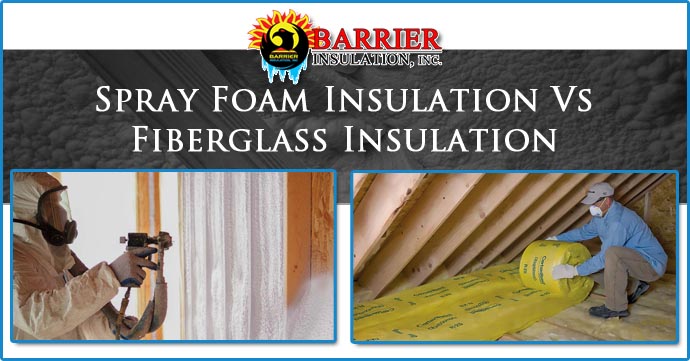

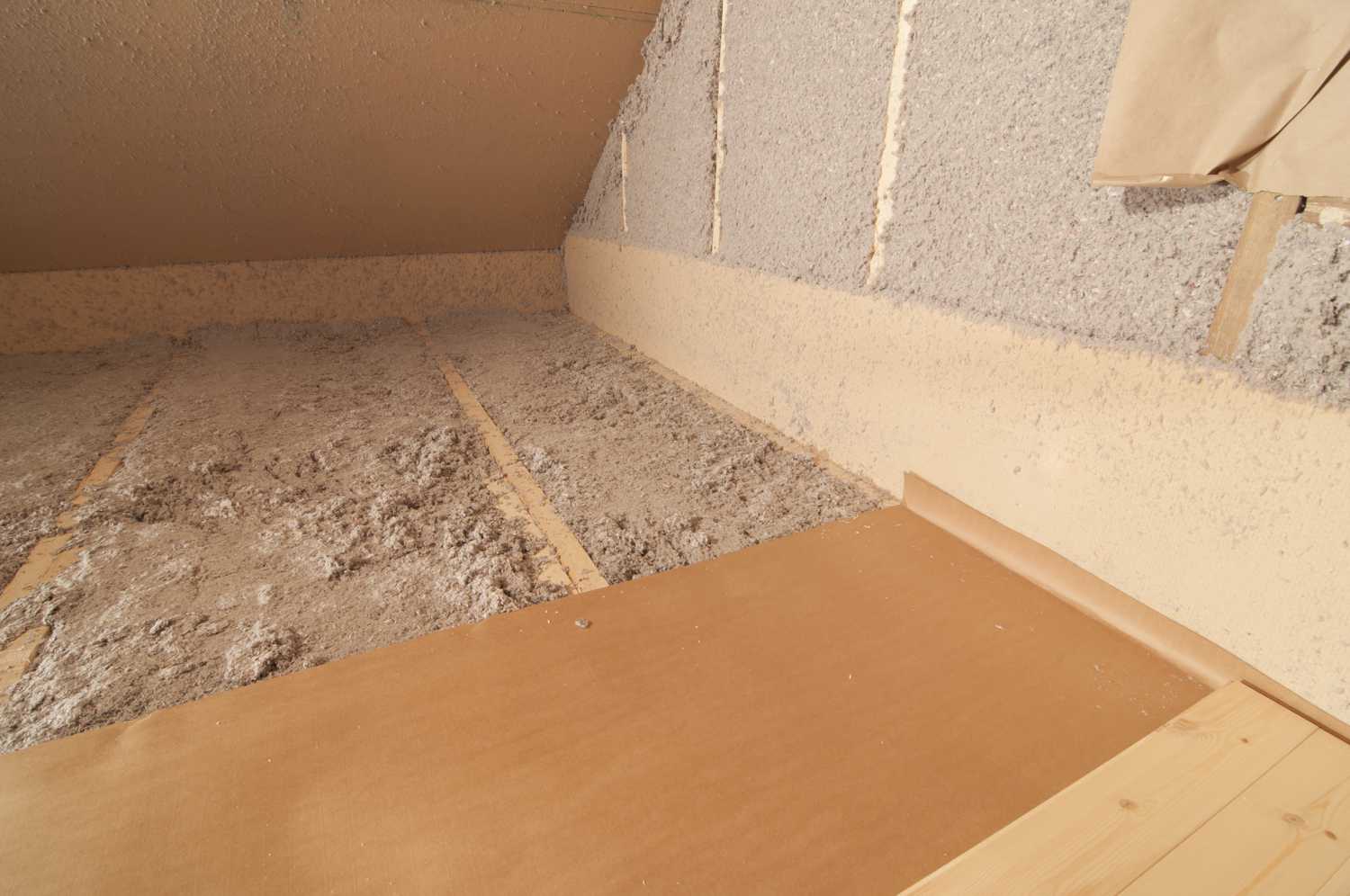


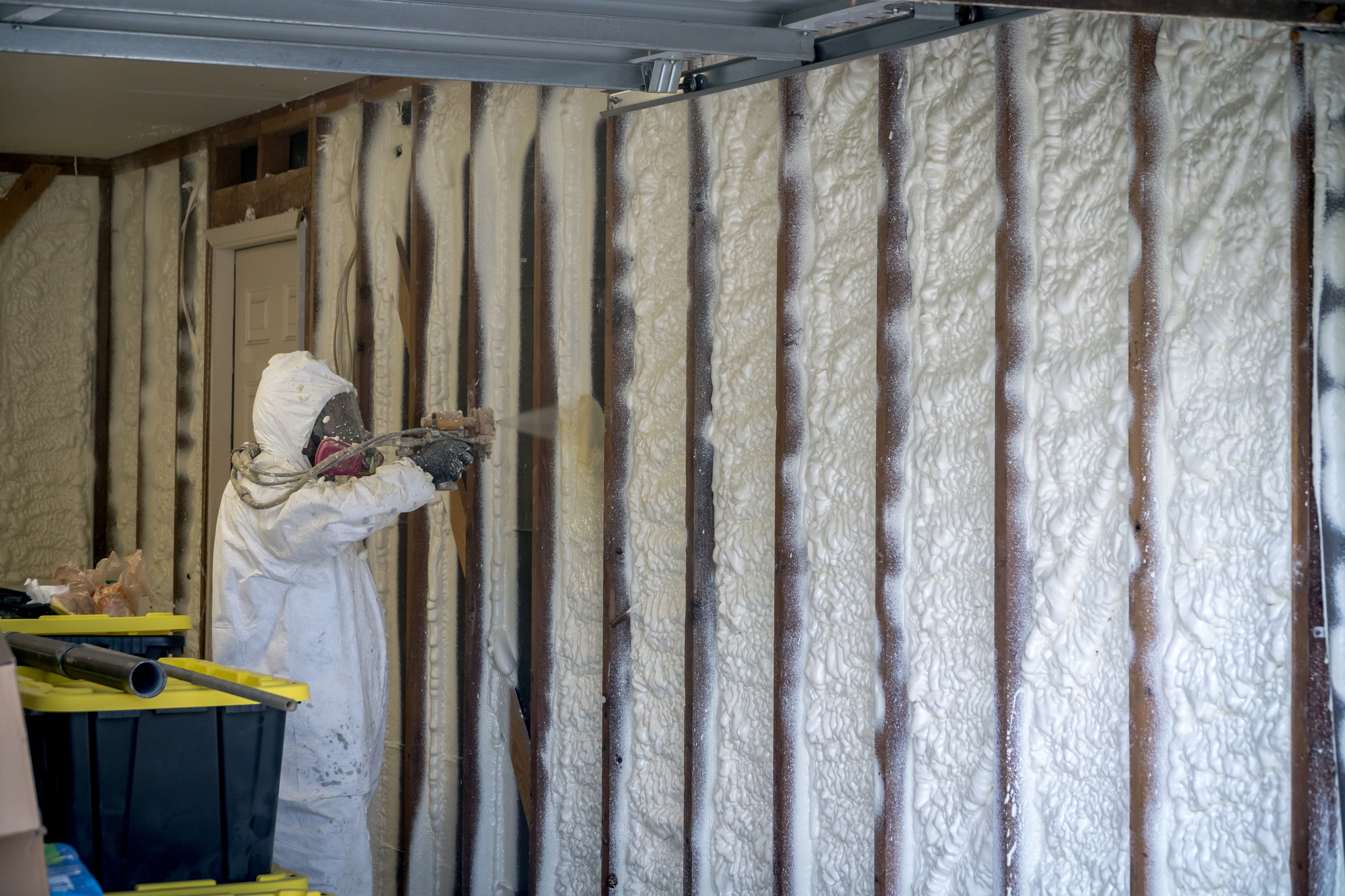


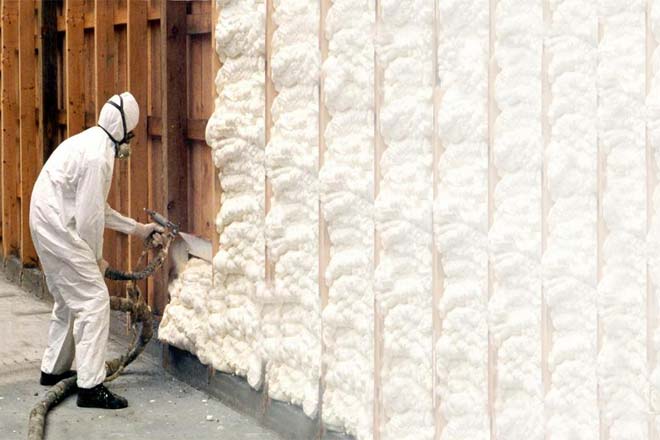



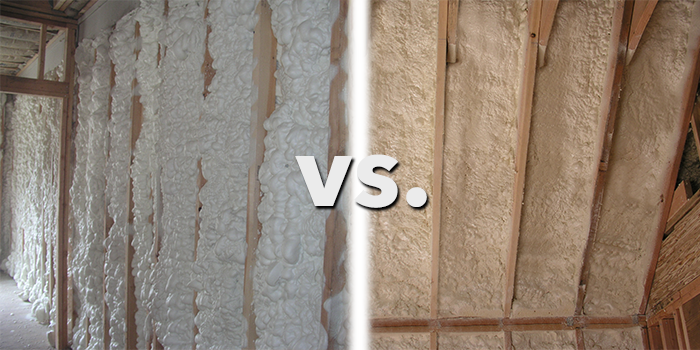

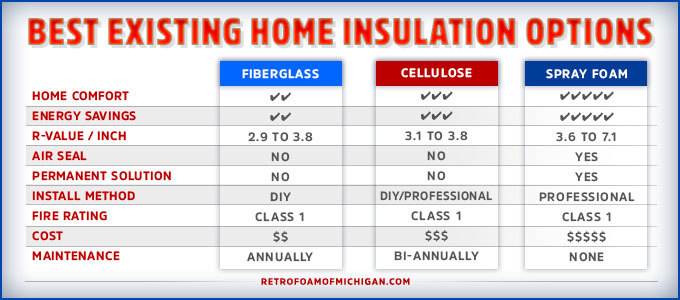

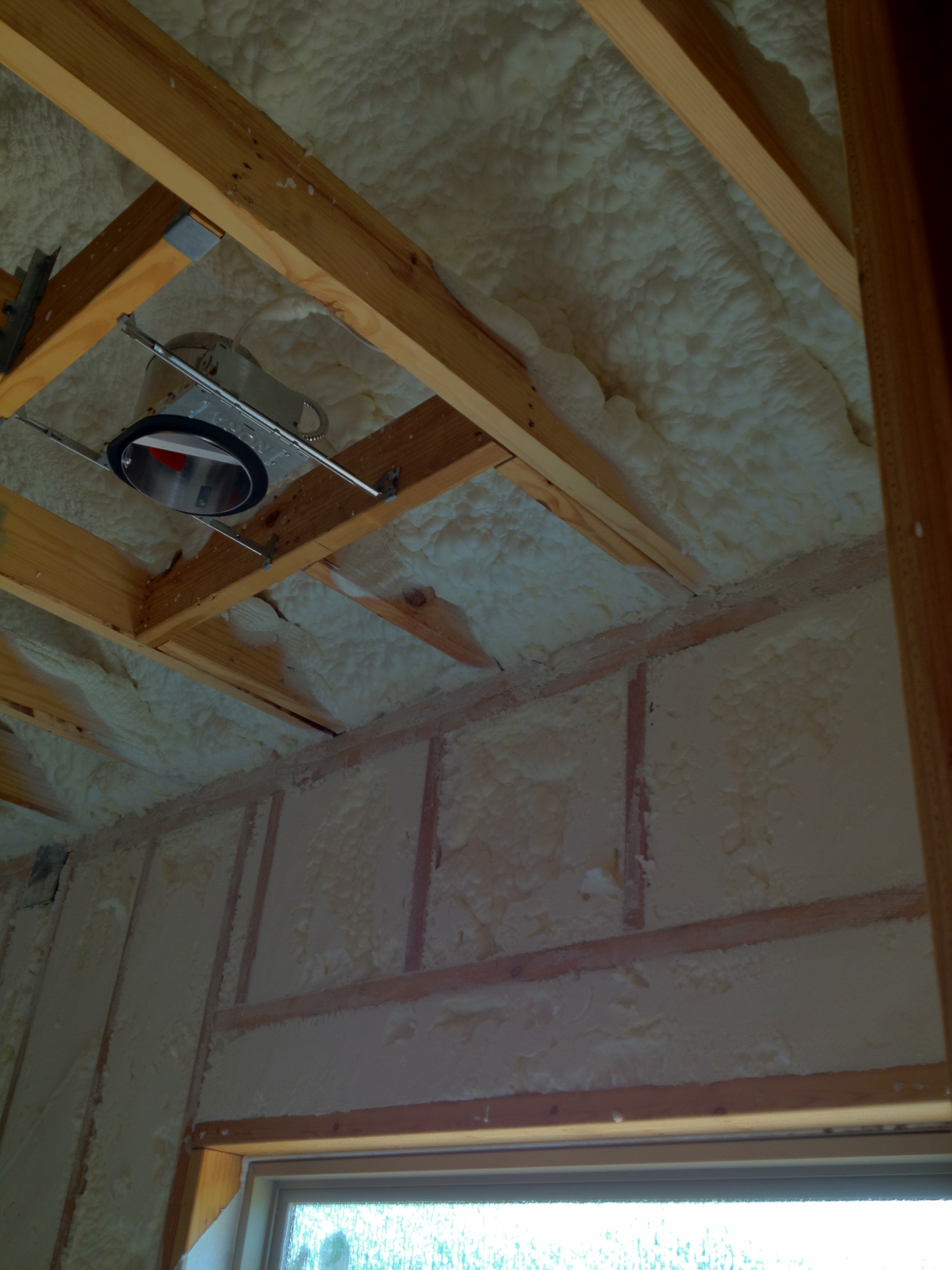





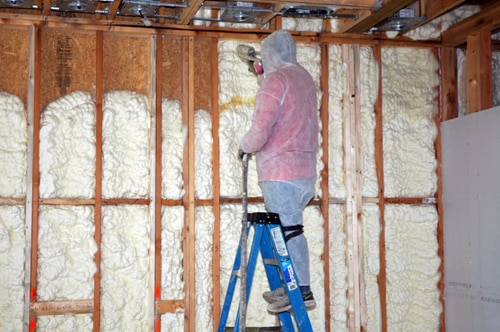
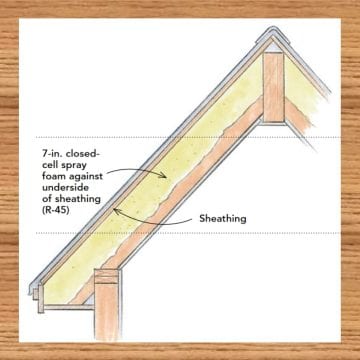







/Blowing-In-Attic-Insulation-183768691-56a4a06a3df78cf7728350eb.jpg)



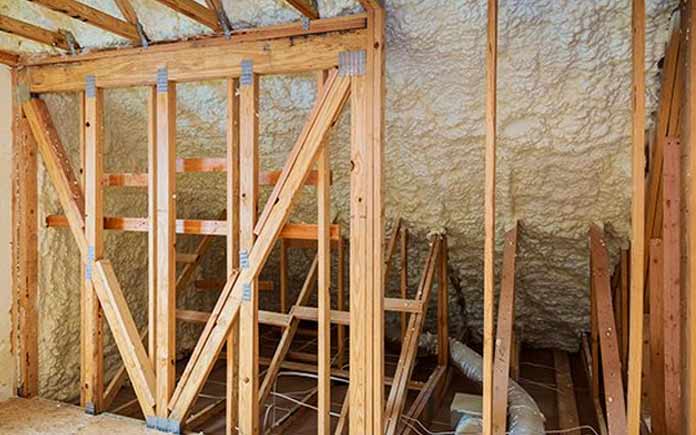
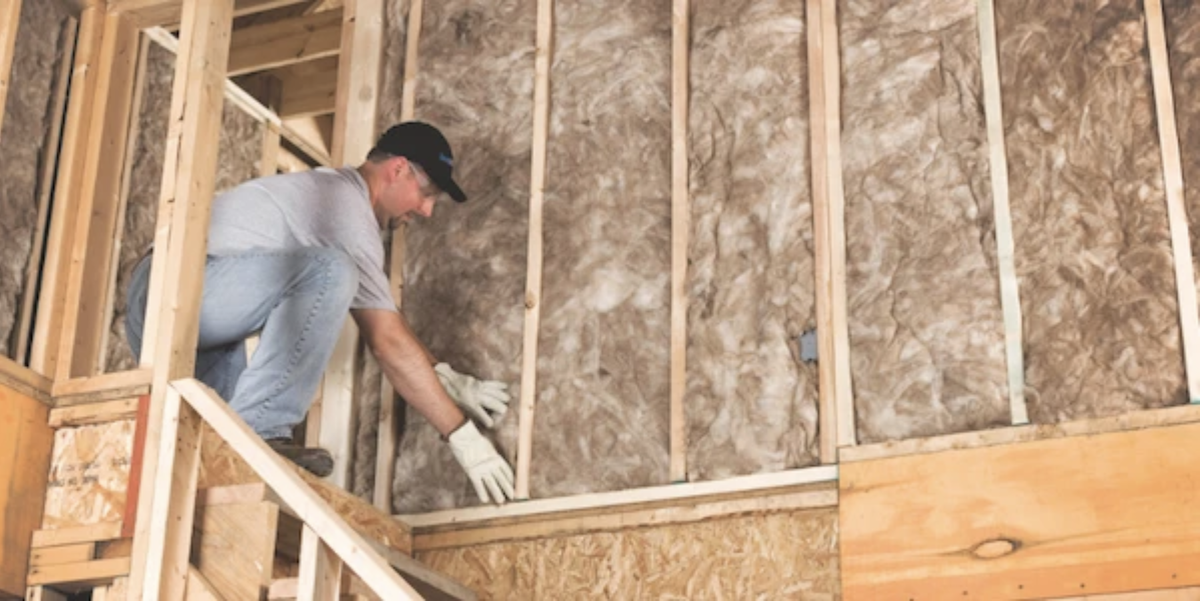
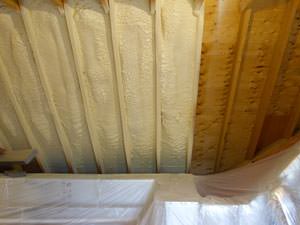


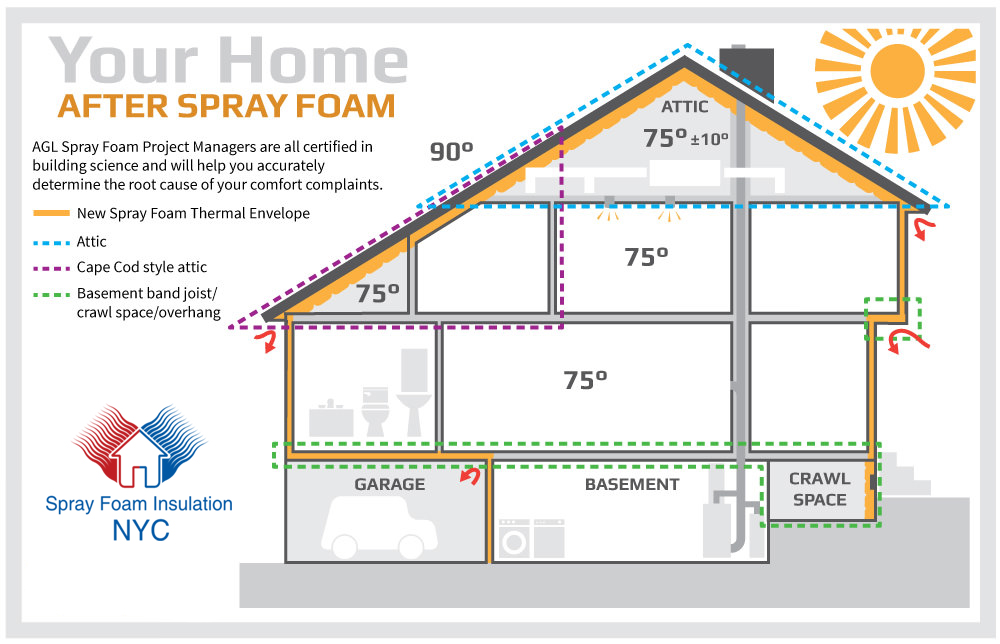
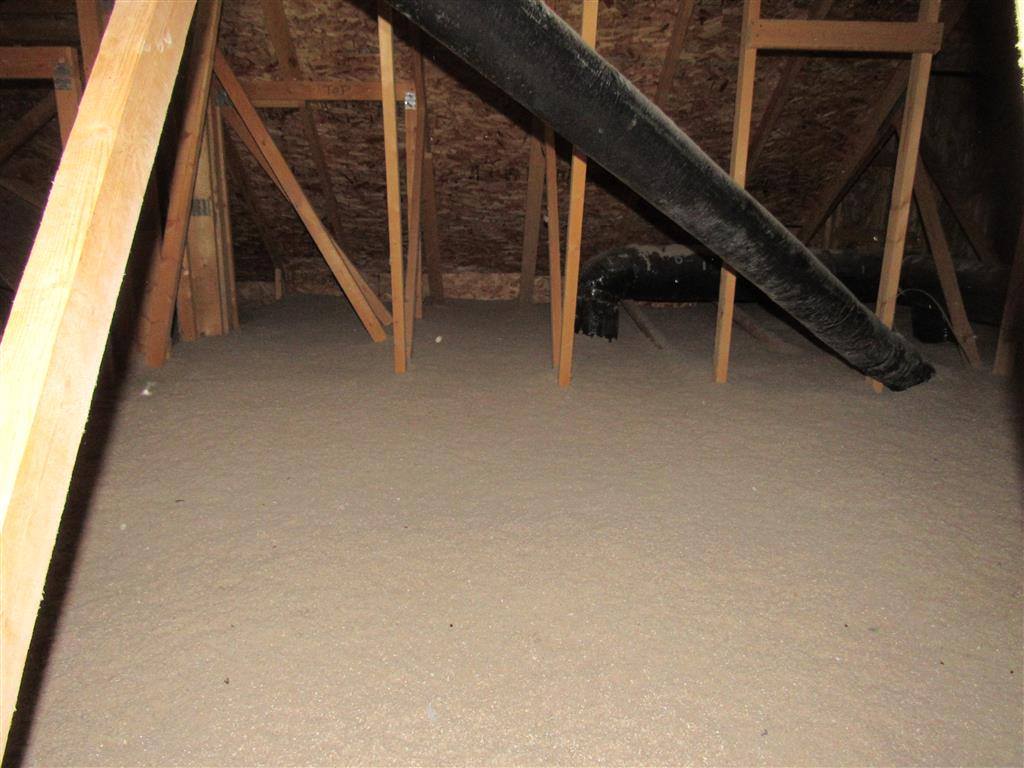




Post a Comment for "Spray Foam Insulation Vs Blown In Insulation"